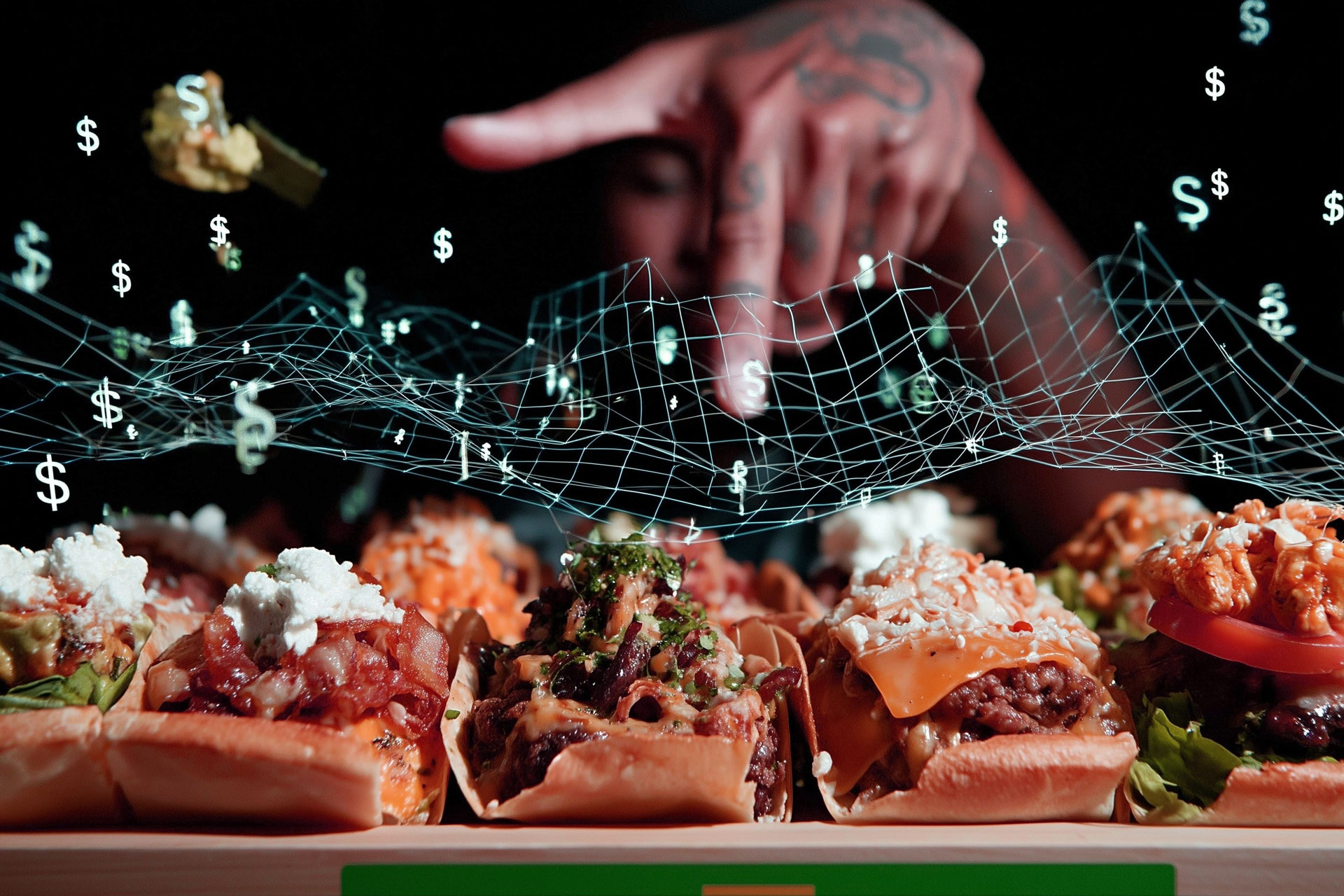Why Your Website Menu Needs Real Menu Engineering

Most restaurant brands pour time, money, and strategy into their on-premise menus—whether that’s drive-thru boards, digital displays at the point of sale, or beautifully designed printed menus. But when it comes to the menu on your website, your app, or...
Most restaurant brands pour time, money, and strategy into their on-premise menus—whether that’s drive-thru boards, digital displays at the point of sale, or beautifully designed printed menus. But when it comes to the menu on your website, your app, or even a self-order kiosk, the default mindset is: if it pulls in from the POS correctly, we’re good.
That mindset is quietly costing you revenue.
You Engineer On-Prem Menus—Why Not the Digital Experience?
When we help brands engineer their menus, we apply proven tactics: visual hierarchy strategies like the Golden Triangle, psychological pricing anchors, menu flow design, and of course, the classic stars/plow horses/dogs/puzzles matrix. These aren’t trends—they’re time-tested tools. In one case, applying them led to a 17% lift in drive-thru sales.
But when guests order through your website or app? Most of those menus are treated like spreadsheets. Just clean data pulls. No framing, no narrative, no intention.
And when digital ordering makes up 15% to 30% of your sales, that’s not a minor oversight—it’s a blind spot.
What a Strategic Website Menu Should Look Like
The menu on your website or app deserves the same level of thoughtfulness as your on-prem menus. That includes:
- Highlighting high-margin or popular items with bursts, badges, or borders
- Smart grouping of upsells and cross-sells to increase average ticket size
- Pricing strategies that use anchor and decoy effects
- Structuring categories to guide natural scroll and click behavior
- Promoting LTOs or feature items with bold, obvious visual cues
None of this is fluff. It’s the digital extension of what’s already proven to work in person.
The Result? Higher AOVs and Better Guest Journeys
Your website menu isn’t just a list of items—it’s a sales and storytelling tool. When you design it with guest behavior in mind, you don’t just drive higher average order values—you also create a smoother, more enjoyable experience that leaves your guests more satisfied and more likely to return.
The Bottom Line
If your website menu is just a passive pull from your POS, you’re missing a critical revenue opportunity. Treat your digital ordering menu like you treat your in-store one: intentionally structured, tested, and designed for results.
Iterate and learn. Then iterate again.
Because in digital, good enough just isn’t.
Need help turning your online menu into a true revenue channel? Let’s talk.
